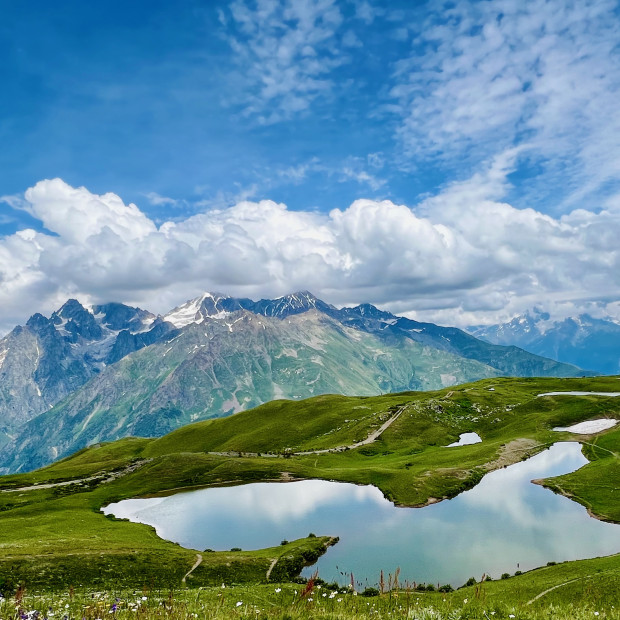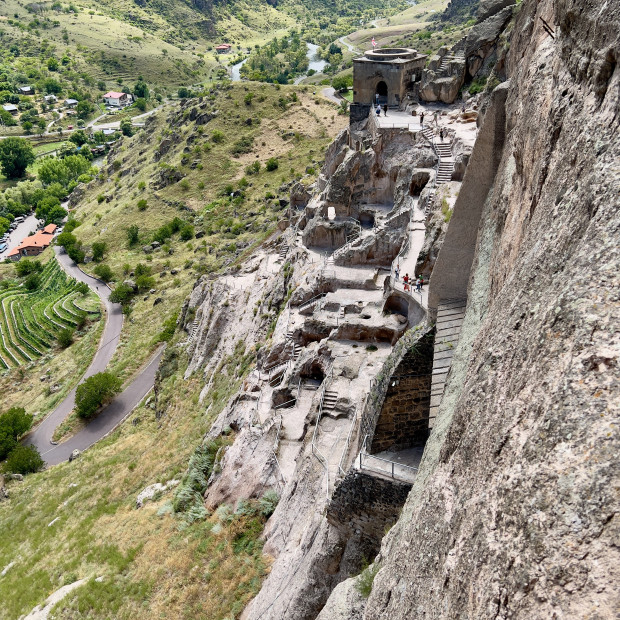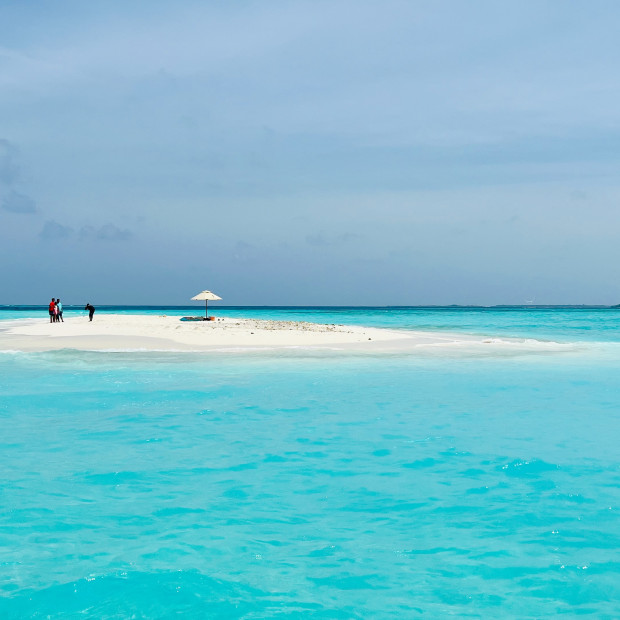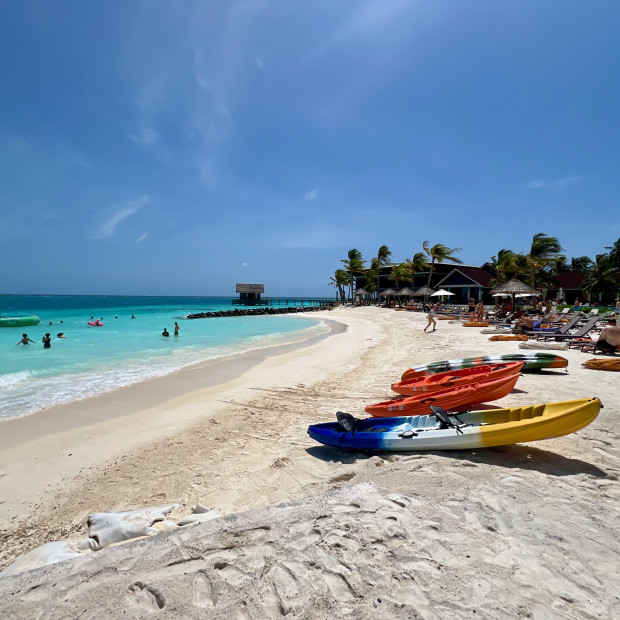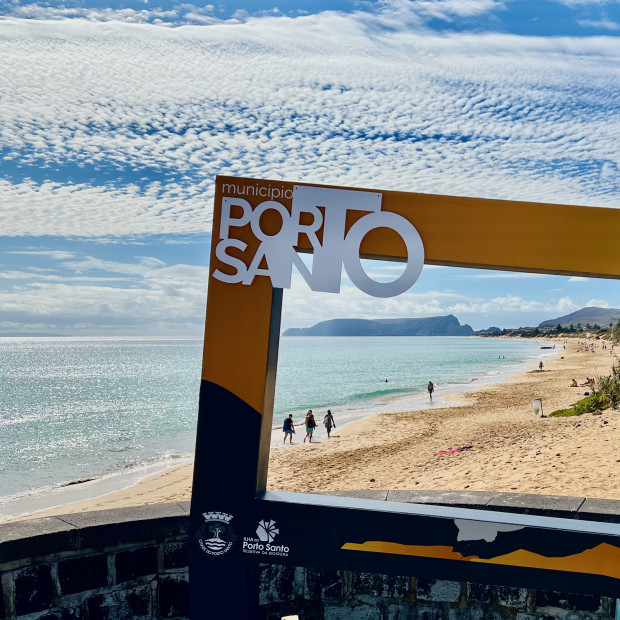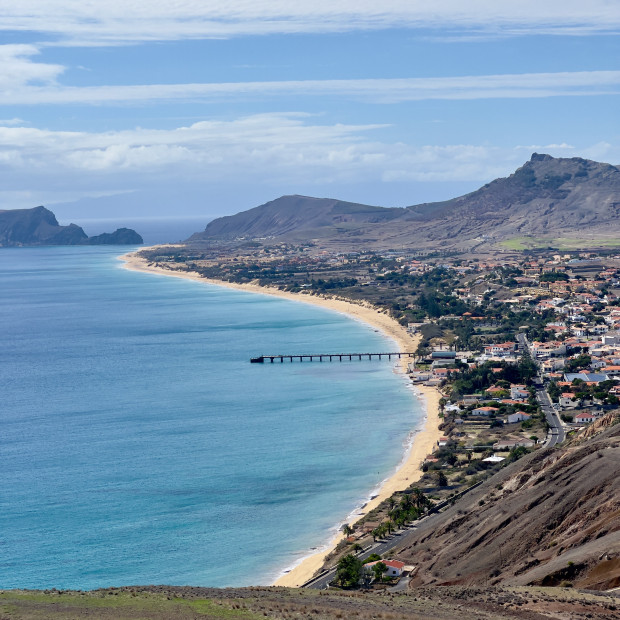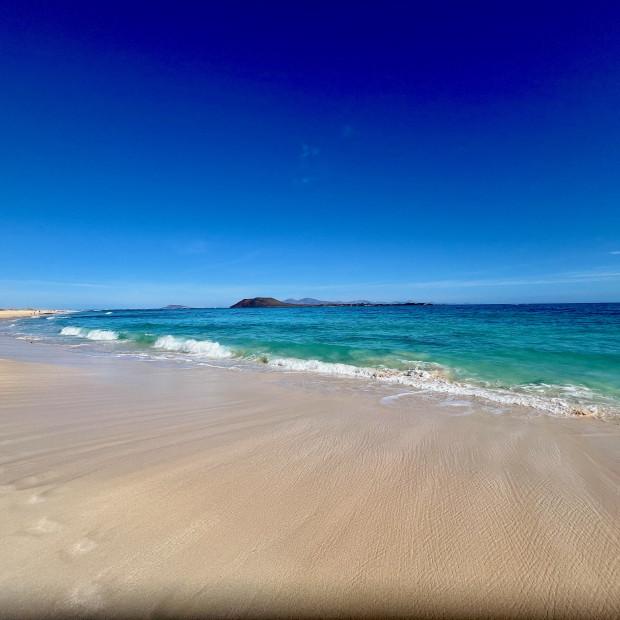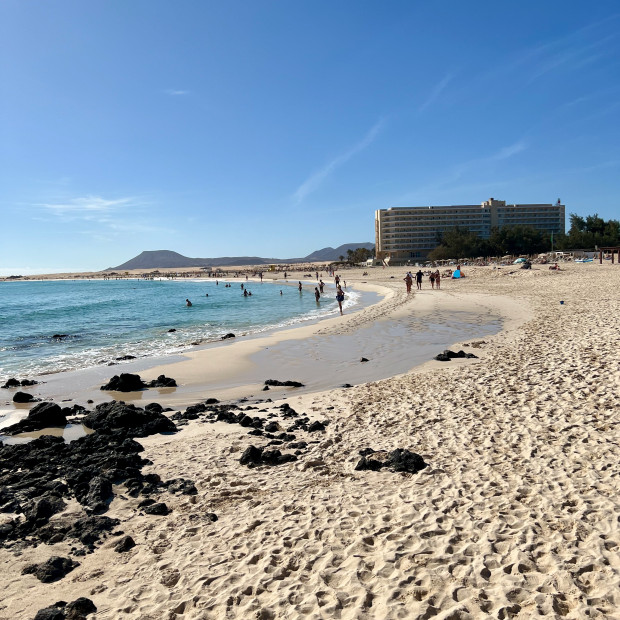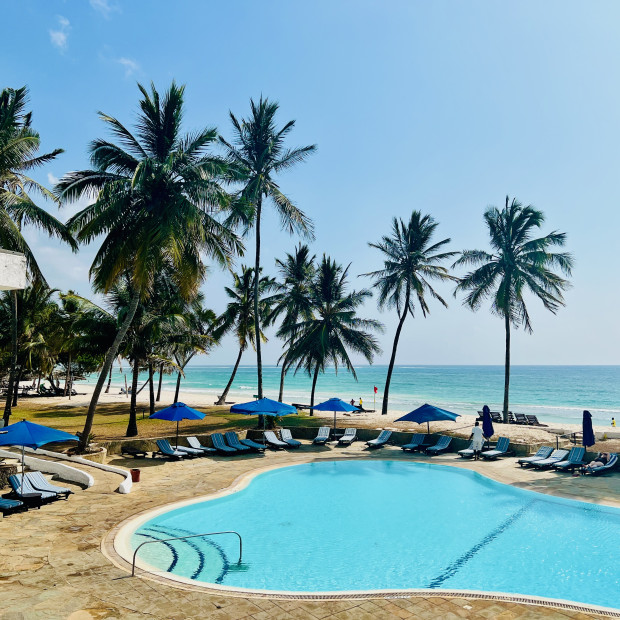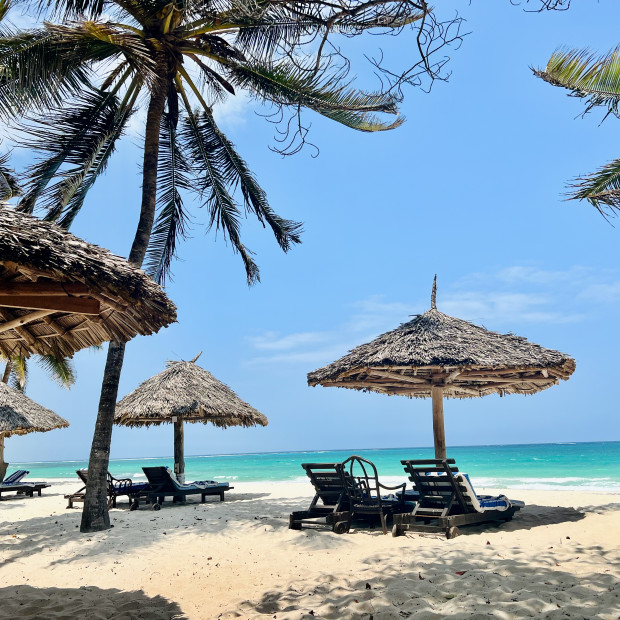About this place
The Maldives: An Ocean Paradise
The Maldives is an archipelagic nation in the Indian Ocean consisting of approximately 1,200 coral islands grouped into 26 atolls. Spanning 298 square kilometers, it stands as Asia's smallest country by land area and the world's lowest country with an average ground level of just 1.5 meters above sea level.
These islands form a double chain of coral atolls built upon the crest of a submarine ridge rising abruptly from the depths of the Indian Ocean. Only about 200 islands are inhabited, with an additional 160 developed as exclusive tourist resorts. The remaining islands are uninhabited or used for agriculture and other purposes.
The Maldives is renowned for its exceptional marine environment featuring clear turquoise waters, vibrant coral reefs, and abundant marine life. The underwater ecosystem hosts over 2,000 species of fish, 200+ coral species, sea turtles, whale sharks, manta rays, and diverse marine invertebrates, making it a premier destination for diving and snorkeling.
Male, the capital and most populous city, contrasts sharply with the resort islands. This densely populated urban center houses government offices, the main port, and approximately one-third of the country's 500,000 citizens within just 8.3 square kilometers.
Tourism forms the backbone of the Maldivian economy, contributing over 28% of GDP directly and approximately 60% when including indirect effects. The "one-island-one-resort" concept defines the luxury tourism model, with individual islands developed as self-contained resorts featuring overwater bungalows, underwater restaurants, and exclusive amenities.
Climate change presents an existential threat to the Maldives, with rising sea levels potentially submerging much of the country within this century. The government has implemented various adaptation strategies, including building artificial islands like Hulhumalé at higher elevations and exploring the possibility of purchasing land in other countries as a potential future home for Maldivians.
Traditional Maldivian culture reflects influences from South Asia, Arabia, and East Africa, with Islam serving as the state religion since the 12th century. The local language, Dhivehi, uses its own unique script called Thaana, written from right to left.

